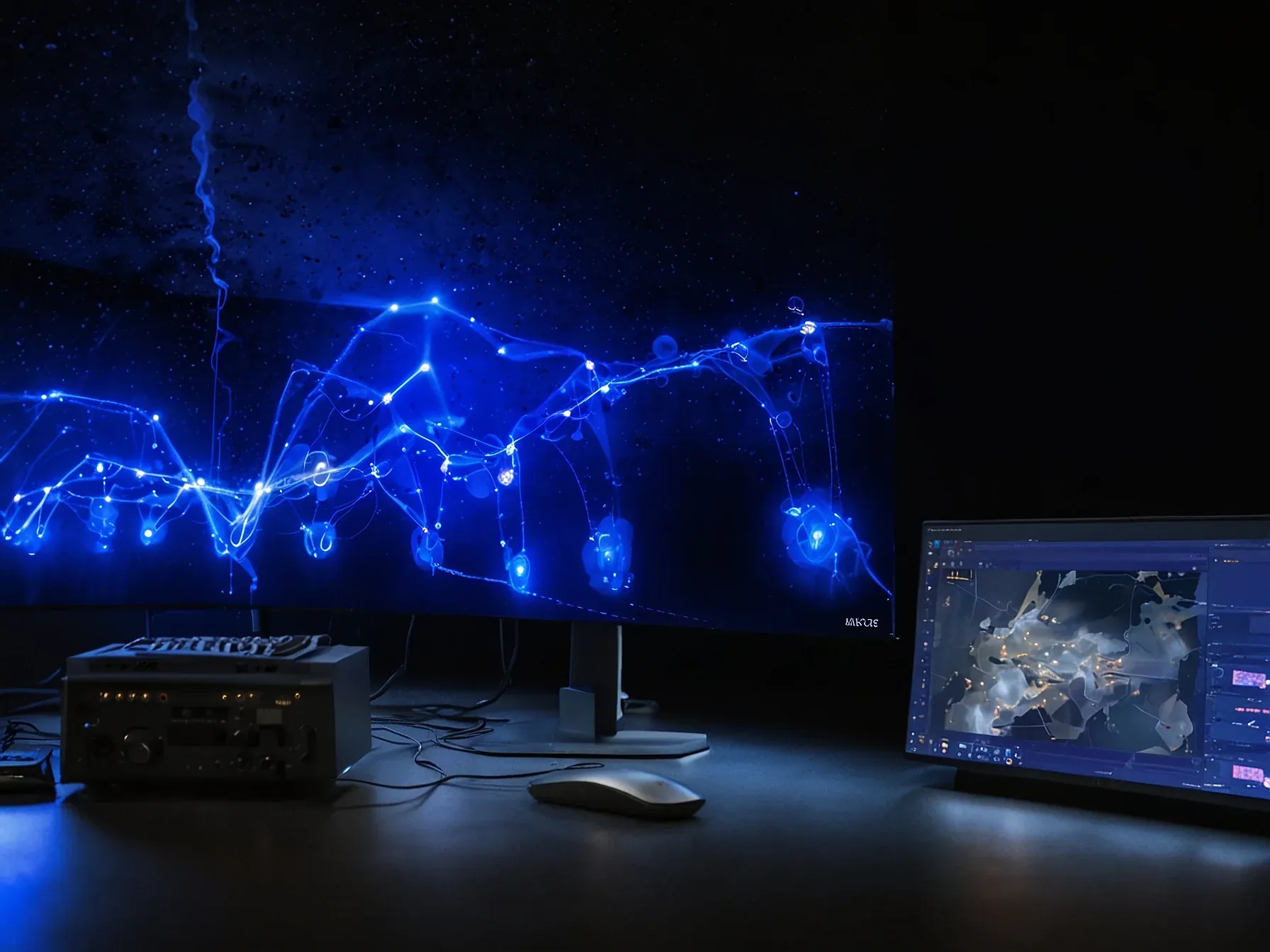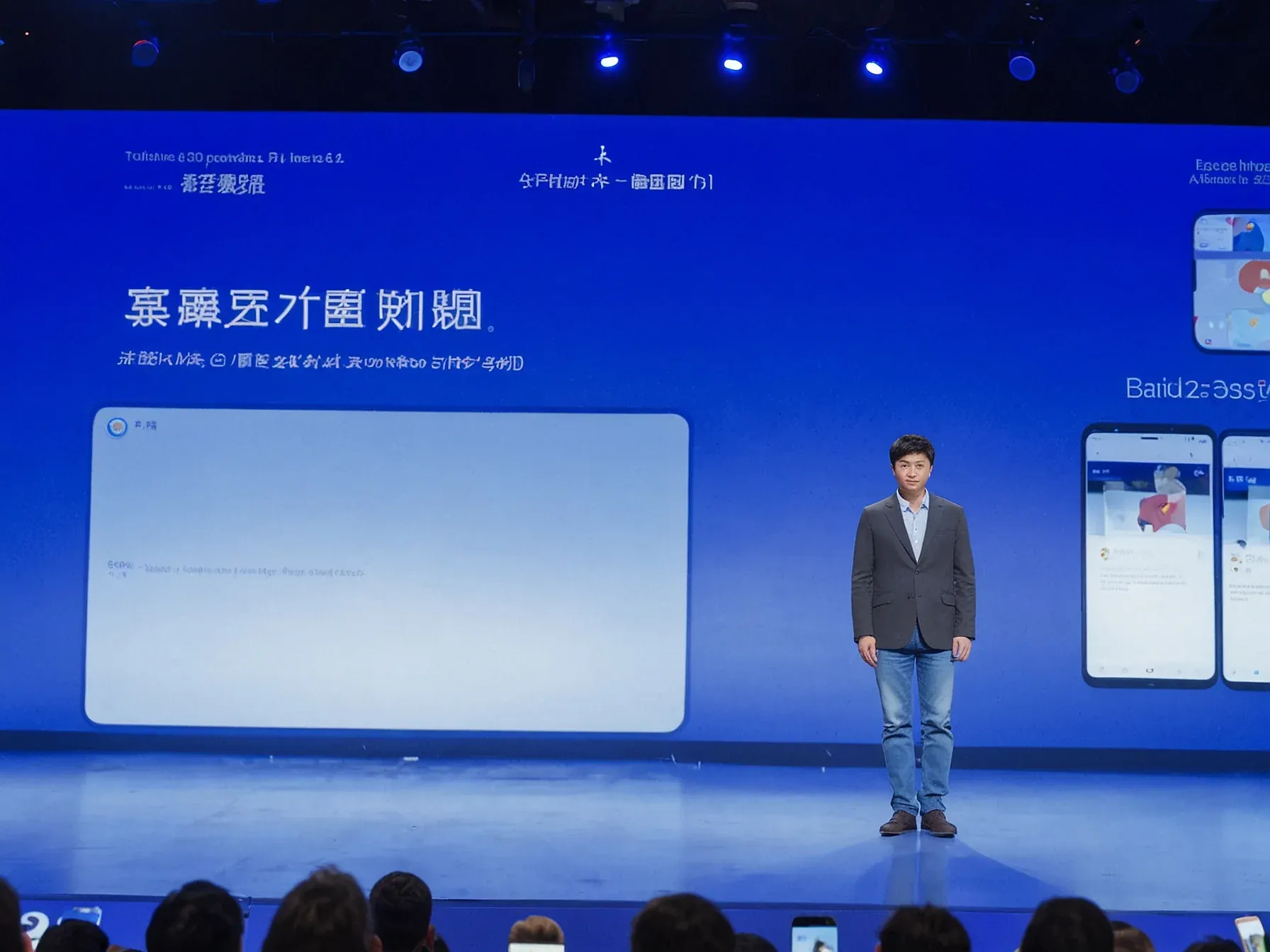
Langfuse adds user feedback to LLM traces, linking comments to outputs
Why does it matter when a developer can see exactly which piece of user input sparked a particular model response? While many LLM platforms log prompts and outputs, they often leave the human element floating somewhere else, making it hard to tie a rating or comment back to the exact generation. The new feature in Langfuse aims to close that gap.
By stitching together user remarks, scores and the corresponding model interaction, the tool promises a more immediate view of how suggestions affect performance. That could help teams spot problems as they happen rather than sifting through disjointed logs after the fact. It also hints at a workflow where feedback loops are built directly into the trace data, potentially shaving time off debugging and iteration.
Here’s how the platform describes the change:
Langfuse absorbs the user suggestions and incorporates them right into your traces. You will be able to link particular remarks or user ratings to the precise LLM interaction that resulted in an output, thus giving us the real-time feedback for troubleshooting and enhancing. Traditional software observability tools have very different characteristics and do not satisfy the LLM-powered applications criteria in the following aspects: Langfuse does not only offer a systematic method for LLM interaction, but it also transforms the development process into a data-driven, iterative, engineering discipline instead of trial and error.
Can a single tool tame LLM unpredictability? Langfuse claims to do just that by embedding user suggestions directly into trace logs. Short bursts of feedback become attached to the exact model output, offering a concrete data point for engineers.
Yet, the guide acknowledges that LLMs still generate plausible but false information, and it is unclear whether linking comments will fully mitigate that risk. Because the system ties ratings to interactions in real time, developers gain a clearer view of where a response went awry, potentially speeding up debugging. However, the description stops short of providing empirical evidence of reduced error rates, leaving the effectiveness of the approach somewhat uncertain.
Moreover, while Langfuse positions itself as a foundation for observability, assessment, and prompt handling, the extent to which it integrates with existing software observability stacks remains vague. In practice, teams will need to evaluate whether the added instrumentation justifies its overhead, especially in complex pipelines where tracing already proves cumbersome. The tool offers a promising avenue, but its real‑world impact has yet to be demonstrated.
Further Reading
- Collect User Feedback in Langfuse - Langfuse Documentation
- Langfuse in 2025: The Best Way to Monitor and Improve Your LLM Applications - House of FOSS
- Error Analysis to Evaluate LLM Applications - Langfuse Blog
- Automated Evaluations of LLM Applications - Langfuse Blog
Common Questions Answered
How does Langfuse link user feedback to specific LLM interactions?
Langfuse embeds user remarks, scores, and ratings directly into trace logs, associating each comment with the exact model input and output that triggered it. This real-time linking lets developers see which piece of user input caused a particular response, facilitating targeted troubleshooting.
What problem with traditional observability tools does Langfuse aim to solve for LLM-powered applications?
Traditional tools often separate logs from human feedback, making it difficult to tie ratings or comments to specific model generations. Langfuse addresses this by stitching user suggestions into the trace data, providing a unified view that satisfies the unique needs of LLM debugging and improvement.
Can attaching user comments to LLM trace logs fully eliminate hallucinations in model outputs?
While linking feedback to exact outputs gives engineers concrete data points for analysis, the article notes that LLMs can still produce plausible but false information. Therefore, attaching comments improves observability but does not guarantee complete mitigation of hallucination risks.
Why is real-time feedback important for developers using Langfuse with LLMs?
Real-time feedback allows developers to see immediate effects of user suggestions on model behavior, enabling quicker identification of problematic responses. This immediacy helps streamline the debugging process and supports more efficient iterative improvements.
What does the article suggest about the overall effectiveness of a single tool like Langfuse in taming LLM unpredictability?
The article acknowledges that Langfuse provides a valuable mechanism for embedding feedback into trace logs, but it also cautions that unpredictability remains a challenge. It implies that while Langfuse enhances observability, additional strategies may be needed to fully control LLM behavior.




